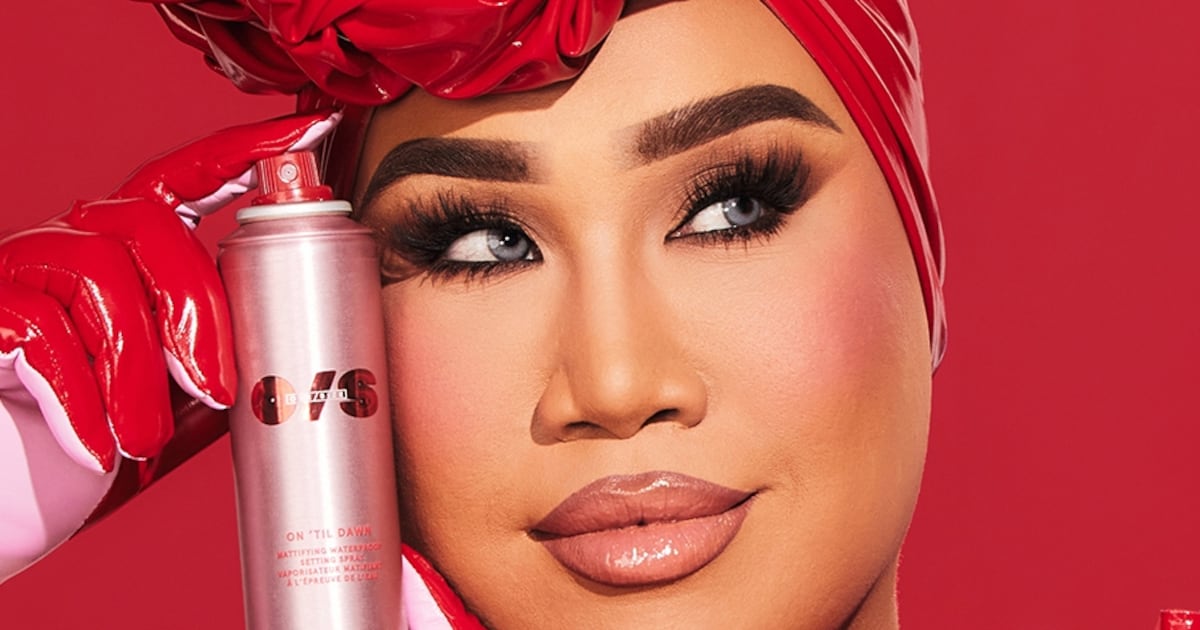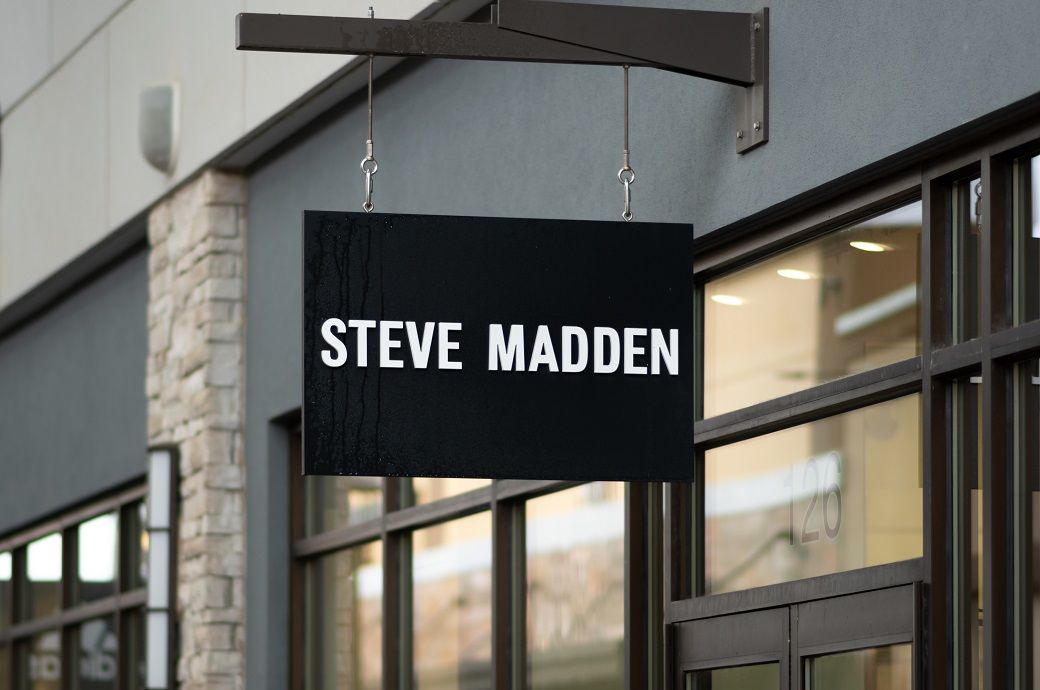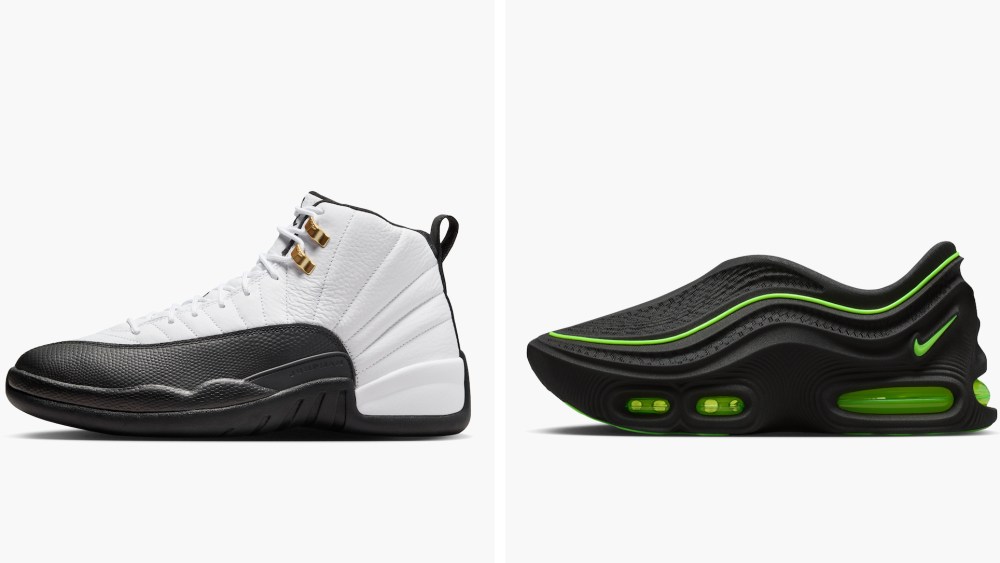A Texas boot brand planting roots in the heart of SoHo is curious enough.
But the real surprise inside Tecovas’ first New York store can be found towards the back: a full bar serving beers, bourbons and old fashioneds — all on the house, no purchase necessary. In fact, drinks are free at all but one of Tecovas’ 50 stores nationwide.
Tecovas’ generosity of spirits — what it calls “radical hospitality” — is among the bolder attempts to solve a perennial question in retail: how to convince customers to linger in stores. For a growing number of retailers, the time a shopper spends in their space is the point — even if they leave without making a purchase. The thinking goes that, if customers want to pass the time inside a brand’s world, and invite their friends along to hang out there too, the sales will eventually follow.
“If someone’s coming in to say, ‘I’m going to meet someone here,’ then that means we’ve cracked the code,” said Kim Heidt, chief retail officer at Tecovas. “It’s all about making the customers feel comfortable, and just being a part of their community.”
Combining eating, drinking and shopping is not a new idea. Department stores and malls have always included dining options. Armani and Ralph Lauren opened restaurants in the 1990s and now operate global hospitality empires; Dior, Gucci and Louis Vuitton have gone down a similar path in the last decade. Aimé Leon Dore and Maison Kitsuné are living proof that good coffee can bring foot traffic to a store.
Tecovas and other brands aren’t aiming for a Michelin star. But they are following a more intentional philosophy to designing their stores, one inspired by what’s popularly referred to as a “third place.” The term, coined by sociologist Ray Oldenburg in 1989, describes the kinds of spaces — public parks, community centres, even barbershops — that serve as a home away from home, where friends and neighbours can run into one another and simply pass the time.

These days, third places are often seen as a vanishing breed, with people too glued to their smartphones even when they leave their homes to socialise in the real world. When the pandemic struck, pushing everything online and relegating physical life to the background, the problem got worse. All of a sudden, people had nowhere to hang out in person, even when they wanted to. Google searches for the “third place” began climbing steadily in late 2021, soon after a majority of Americans had received the Covid vaccine.
Stores — and restaurants and coffee chains and luxury gyms and non-alcoholic bars and Casa Cipriani and running clubs — have all made a play to fill that need.
In an earnings call earlier this year, Starbucks executives used the phrase “third place” seven times while touting new, community-minded draws such as free refills and restrooms open to everyone. Last month, luggage maker Monos opened Postcard, a “listening bar” next to its Chicago outpost, serving both coffee and cocktails, with plans for additional locations. In July, Coach announced it will open dozens of coffee shops inside its stores.
Oldenburg, who died in 2022, probably wouldn’t have approved of most of these efforts. He saw true third places as, if not entirely commerce-free, built for the purpose of human interaction, including between strangers. Even malls, initially conceived as an answer to the isolation of the suburbs, fell well short of fulfilling that function in the academic’s eyes.
Do branded coffee cakes, comfy couches and reliable Wi-Fi — or even unlimited free cocktails — make a store a true third place? Is the objective to truly create community, or is this simply the next iteration of “experiential retail,” another faddish way of dressing up the pursuit of revenue?
Kelly Verel, co-executive director of the Project for Public Spaces, a nonprofit organisation dedicated to improving public spaces, has her doubts about retail’s ability to act as a third place.
“I have never heard of a beauty or fashion retail location categorised in that way and I struggle with it — I’m not sure why,” she said.
The Next Best Thing
After reflecting for a moment, Verel did identify one retailer that comes close to fulfilling the mission of a third place: Sephora, with its testing stations and tolerance for customers who come in just to browse or even touch up their makeup.
Many new stores aspire to fall somewhere in the middle of the spectrum between being purely driven by commerce and providing a public commons. They hope to be part of customers’ everyday lives, beyond shopping.
“The objective is that they come back and they tell their friends about it,” said Victor Tam, co-founder and chief executive of Monos.

Fashion retailers, with their inherent emotional appeal and knack for niche-making, have a better shot than most merchants at creating a true communal space, said James Gilchrist, vice president of the American division of Comme des Garçons and Dover Street Market, which is among the first specialty retailers to open cafés inside of its store, back when the idea was still novel in the early 2000s. Dover Street’s Paris location houses its own nonprofit organisation that hosts free exhibitions, art shows and performances.
“Fashion was always kind of a third place,” he said. “At independent stores, you’d meet the owners. … It was a place for customers to discover and to maybe escape a little bit and meet likeminded people.”

And despite the endless rumination over what a third place is and isn’t, the idea of community itself still rings true to many in the industry.
Designer Thebe Magugu hadn’t heard of third places before opening his store and gallery space, Magugu House, in his native Johannesburg last year. But he said it’s a concept that’s reminiscent of ubuntu, a Zulu word meaning interconnectedness.
At Magugu House, the designer hosts Sunday night parties, film screenings, salon-style events and a rotating exhibit of local artists.
“It’s an idea of a space where there are so many intersections,” he said. A second location will open later this year in Cape Town as part of Mount Nelson, a Belmond Hotel.

“The idea of a third place I feel is so African,” said Magugu. “I grew up in a small town, where there were not a lot of spaces for expression. One space has to serve various people, and we had a garage that cleared out during the day so I could do my projects and at night it turned into a tavern which brought people together in the evening.”
Loitering Encouraged
To be sure, on some level commerce is always still the point. Another name for what these brands are doing is “soft-selling,” according to WGSN retail strategist Candice Medeiros. Retailers use open spaces, free services and various amenities to create long-term relationships with customers. In addition to increasing time spent in store, these tactics, when done well, make shoppers more likely to return, complete a purchase online or spread positive word of mouth.
“Dwell time is the new ROI for retailers,” said Medeiros. “This has a lot to do with social isolation. Consumers are seeking offline spaces and wanting to gather in these spaces, and it’s an opportunity for retailers.”
This can be accomplished with surprisingly small touches.
Apple was an early adopter of the “loiter” approach, said Chris DeCrosta, co-founder of real estate firm Goodspace. The tech giant welcomed everyone into their stores, he said, including people who just wanted to charge their phones, check their emails and use the facilities.
“Apple realised that having people in their ecosystem meant they were intertwined with the brand,” he said. “It’s about making people comfortable with your brand.”

Others are adapting the old mall concept for smaller spaces. Platform, for instance, is a 75,000-square-foot shopping centre in Culver City that houses a potpourri of fashion, food and home goods offerings in a walkable promenade hidden from street view. The idea is for someone to be able to spend an entire day essentially loitering at Platform, from breakfast to dinner, and not get bored, said Joseph Miller, the Los Angeles-based developer behind the project.
“I’m not sure if anyone wakes up in the morning and says, ‘I want to go buy something today,’ but there’s a large percentage that wake up and say, ‘I want to hang out somewhere today,’ and that’s what we’ve built our company to do,” he said.
Bottoms Up
Tecovas, Coach and Ralph Lauren are doing one thing Oldenburg would definitely approve of: offering their customers beverages.
In one of his last pieces before his death, he called drinks — alcoholic, caffeinated or simply wet — a key criterion for creating a third place.
“The third place, typically, is a watering hole of one sort or another, and conversation is the main activity,” Oldenburg wrote in a UNESCO Courier piece, co-authored by Karen Christensen. “The general rule is that beverages are of such importance as to become veritable social sacraments.”
For Miller and his business partner, David Fishbein, the general rule of thumb of getting people to hang out in their retail centres is to have what they call “low-commitment F&B” — coffee or cheap snacks — and some outdoor seating to enjoy the temperate LA weather. Coach will roll out its coffee house concept mainly in outlet malls at first because they often lack many other options for refreshments.
Still, there will always be doubters that any retailer can create a fully realised third place.
“Some of these café concepts built around high-end brands — somehow they seem a little forced,” said Glenn Pushelberg, one half of the interior design firm Yabu Pushelberg. “Am I being branded to death?”


